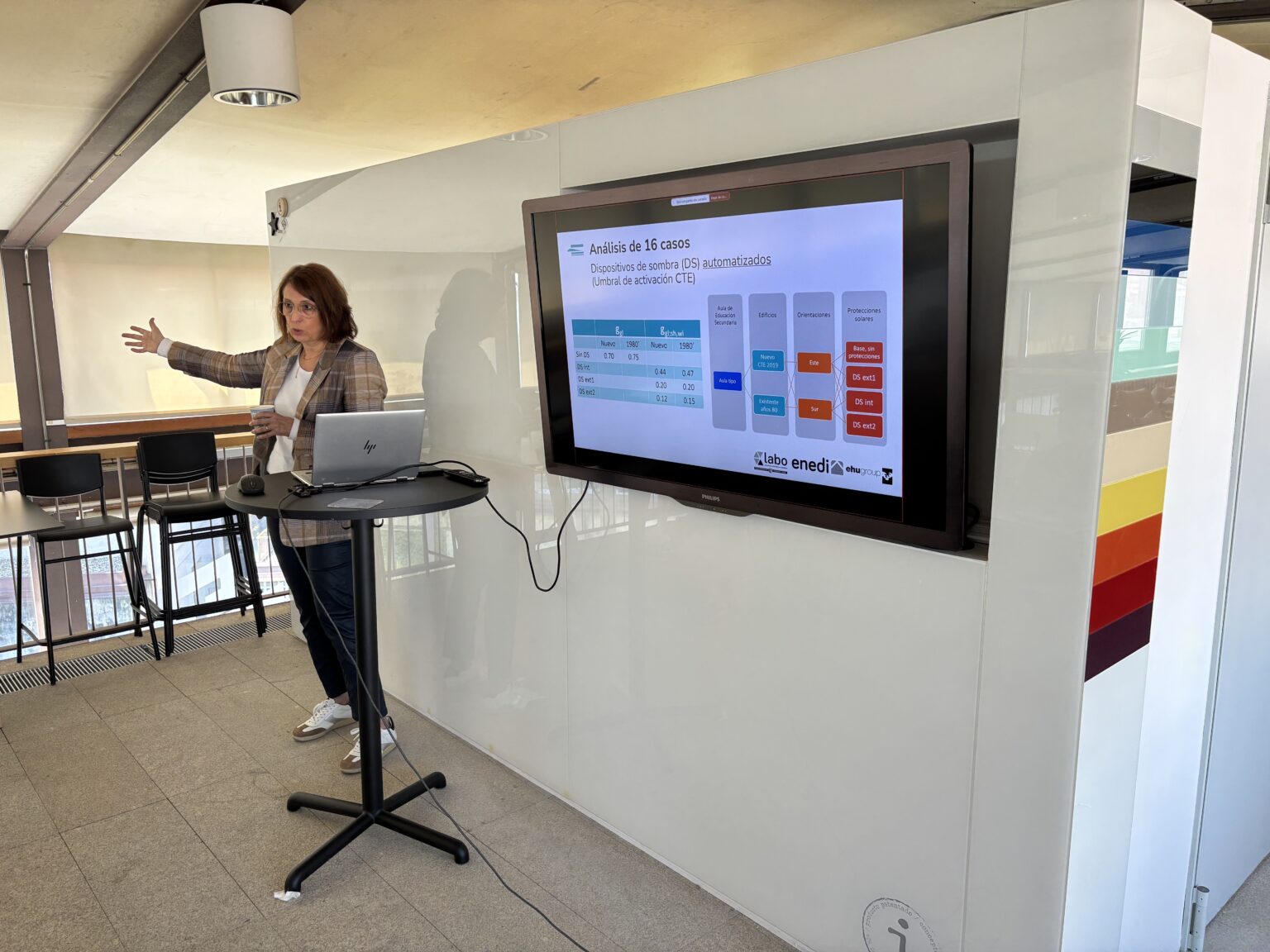Sure! Here’s the translation into American English:
—
A new study by the Spanish Association of Shading and Dynamic Solar Control (AESSO) has revealed that classrooms could save up to 47% on energy costs during the hottest days of the year by implementing appropriate solar protection solutions. The analysis, based on climate data from Madrid, aims to raise awareness about the growing problem of overheating in educational spaces, which has gained relevance among authorities and climatology experts due to rising temperatures throughout the year.
The research was recently presented at the College of Architects in Madrid and suggests that it is possible to reduce the adverse effects of high temperatures by between 23% and 44% without overly relying on air conditioning. Avoiding this dependence would not only improve the thermal comfort of students but also reduce energy consumption, leading to a more positive environment for concentration and learning.
Simulations from the study indicate that adequate solar protection could lower classroom temperatures by 2ºC to 4ºC, depending on their orientation. This change has the potential to mitigate overheating and create a more conducive learning environment, especially during the critical first and last trimesters of the school year.
The Intergovernmental Panel on Climate Change (IPCC) has warned that by 2050, Europe could experience a 30% increase in the number of days requiring air conditioning. Arkaitz Aguirre, president of AESSO, points out that past living conditions are insufficient in the face of current climate change, highlighting the need for innovation in thermal solutions in educational spaces.
María José Moya, general secretary of AESSO, states that implementing shading devices, whether movable or dynamic, not only provides benefits in terms of thermal comfort but also enhances natural lighting and acoustic insulation, creating a healthier environment for learning. Although these systems do not completely eliminate the overheating problem, their ability to mitigate it is remarkable.
The study was led by Juan María Hidalgo, a researcher at the University of the Basque Country, and employed energy certification tools to compare different shading solutions. AESSO is integrated into the network of the European Solar Shading Organisation, aiming to position dynamic solar protection as an efficient and necessary solution in the face of climate change.
Source: MiMub in Spanish
